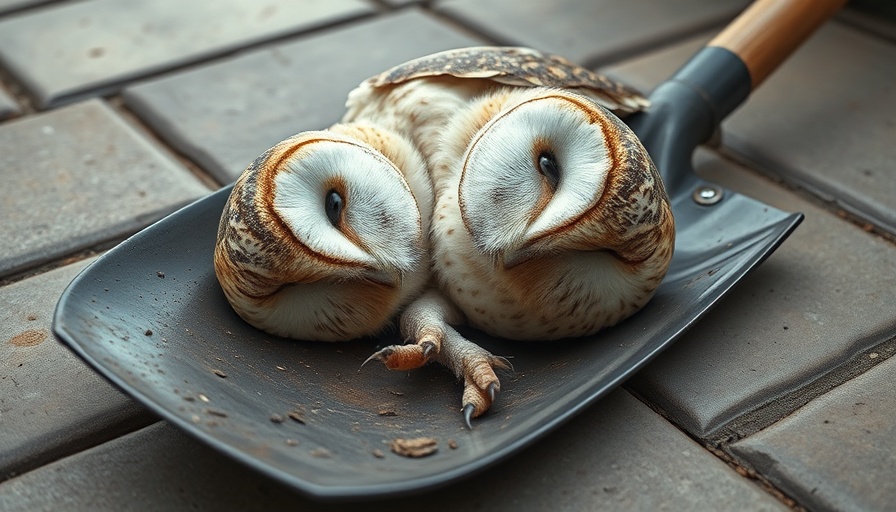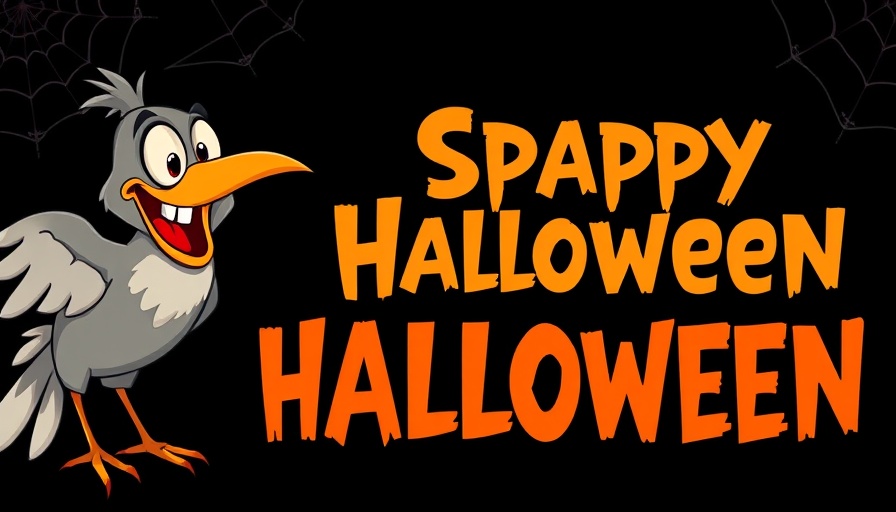
The Shocking Discovery: Dead Owl in the Chicken Coop
In a perplexing incident that's left backyard poultry enthusiasts and avian experts alike in shock, a farmer discovered a dead owl within their chicken coop. This unexpected scenario raises crucial questions about safety, disease transmission, and the ecological factors influencing calmness within animal habitats.
Ecology and Avian Interactions
The presence of an owl in a domestic chicken environment is atypical. Owls, as nocturnal predators, primarily feed on small mammals and other birds. However, they may venture into coops if food sources are abundant, indicating a potential issue with the coop's security or a lack of natural deterrents. This incident not only highlights the intricate ecological balance but also emphasizes the necessity for proper confinement practices to keep both chickens and local wildlife safe.
Health Risks and Veterinary Concerns
From a veterinary perspective, the presence of a deceased owl raises red flags concerning disease transmission. Birds of prey can carry various pathogens that may pose risks to domestic fowl, such as avian influenza and West Nile virus. Moreover, the nature of the death—whether it was caused by natural factors, poisoning, or collision—needs to be examined thoroughly. A dead owl should be reported to a wildlife health center for analysis.
Mitigation Strategies for Chicken Farmers
To minimize the risks of such unfortunate events, chicken owners must implement strategic measures. Strengthening coop security through reinforced structures and utilizing motion-activated deterrents can prevent unwanted wildlife intrusions. Regular health check-ups for domestic birds also play a critical role in ensuring chronic infections and health risks are kept at bay.
Conclusion: Awareness for Avian Safety
This shocking discovery serves as a potent reminder of the interconnectedness between wildlife and domestic animals. Vigilance, awareness, and proactive measures are essential to safeguard the health and safety of both chickens and their wild counterparts. It’s crucial for poultry owners to remain informed and prepared to handle such unexpected encounters for the well-being of their flocks.
 Add Row
Add Row  Add
Add 




Write A Comment